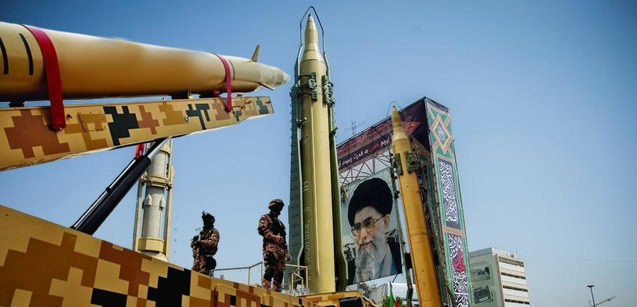Iran retaliated to Israeli aggression with barrage of missiles that hit parts of Tel Aviv, in what is said to be second direct assault in 2024. Hundreds of ballistic missiles were launched at Israel, while most projectiles were intercepted by Israeli air defenses, preventing damage.
The recent missile strikes come after death of Hezbollah leader Hasan Nasrallah, and the initiation of an Israeli ground offensive in southern Lebanon.
Iranian Missile Capabilities
The Western Asian nation ranks 14th globally in military strength. Israel holds a distinct advantage in air power, supported by a larger and more modern air fleet, while Iran’s military capabilities are hampered by an aging aircraft fleet affected by international sanctions.














